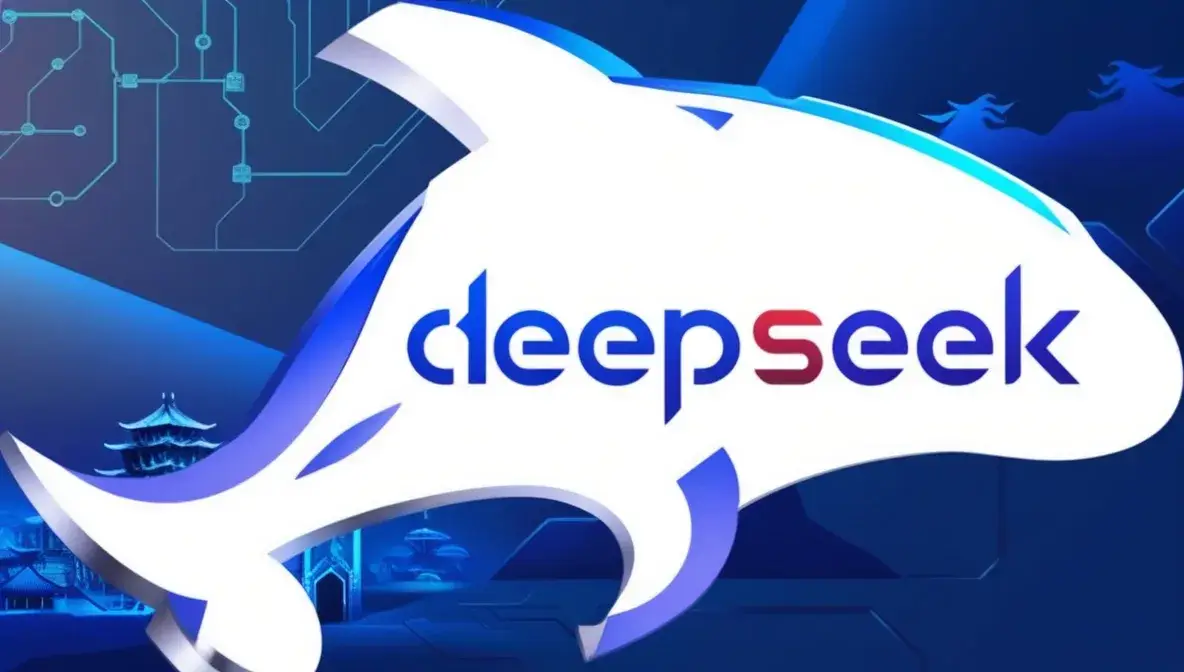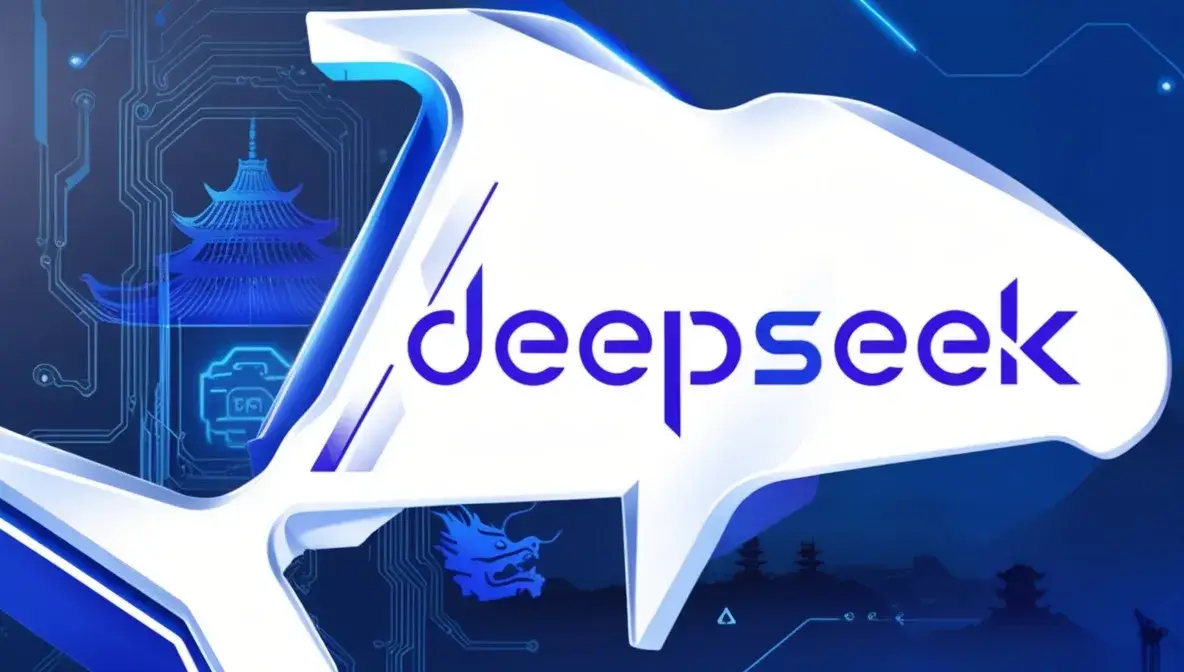DeepSeek has emerged as one of the most disruptive forces in artificial intelligence, challenging Silicon Valley giants with its cost-effective models, rapid innovation, and open-source philosophy. Founded in 2023, this Hangzhou-based startup has sparked debates about the future of AI development, global tech competition, and the viability of smaller players in a field dominated by trillion-dollar corporations.
The Rise of DeepSeek: Founding and Early Ambitions

Liang Wenfeng, a Zhejiang University graduate and hedge fund manager, founded DeepSeek in July 2023 through his firm High-Flyer Capital. With $8 billion in assets, Liang leveraged a strategic stockpile of 50,000 Nvidia A100 GPUs—acquired before U.S. export bans—to build the company’s computational backbone. This move allowed DeepSeek to bypass sanctions and develop advanced AI systems using a hybrid approach:
- Hybrid Chip Strategy: Combining high-end A100 chips with cheaper, lower-tier GPUs.
- Cost Efficiency: Training models at 1/100th the cost of competitors like OpenAI.
- Open-Source Focus: Releasing models like DeepSeek-R1 to foster community collaboration.
The company’s first major breakthrough came in January 2025 with the U.S. launch of its AI chatbot, which dethroned ChatGPT as the #1 free app on Apple’s App Store within days.
Technological Innovations: How DeepSeek Outperforms Giants
Mixture of Experts (MoE) Architecture
DeepSeek’s flagship model, DeepSeek-R1, uses a Mixture of Experts framework to optimize performance and reduce costs:
| Feature | DeepSeek-R1 | GPT-4o (OpenAI) |
|---|---|---|
| Total Parameters | 671 billion | 1.7 trillion |
| Active Parameters | 37 billion | 120 billion |
| Training Cost | $6 million | $100 million+ |
| API Cost (per 1M tokens) | $0.55 (input) | $15 (input) |
| $2.19 (output) | $60 (output) |
This architecture activates only relevant “expert” sub-models for each task, slashing computational demands. For example, R1’s 37 billion active parameters per query enable it to match GPT-4o’s performance in coding and math benchmarks while using 70% less power.
Multimodal Breakthrough: Janus-Pro-7B
Launched in January 2025, Janus-Pro-7B is DeepSeek’s first multimodal model, capable of processing text, images, and audio. Key features include:
- Unified-Task Processing: Combines general-purpose flexibility with specialized accuracy.
- Cost-Effective Training: Built using older H800 GPUs instead of pricier H100s.
- Open-Source Availability: Freely accessible to developers, unlike closed models like DALL-E.
Market Impact: Stocks, Sanctions, and Silicon Valley’s Panic
The Nvidia Sell-Off
DeepSeek’s success triggered a 12.5% drop in Nvidia (NVDA) shares and a 7.6% decline for ASML (a key chip equipment maker) on January 27, 2025. Analysts attributed this to:
- Reduced Demand Fears: If cheaper models like R1 catch on, fewer high-end chips may be needed.
- Geopolitical Risks: U.S. sanctions failed to curb China’s AI progress, raising long-term concerns.
Other affected stocks:
- Meta (META): -8.3% (AI infrastructure investments questioned).
- Microsoft (MSFT): -5.1% (OpenAI partner).
- TSMC (TSM): -4.9% (Chip manufacturing demand doubts).
The Jevons Paradox in AI
DeepSeek’s rise exemplifies the Jevons Paradox: Cheaper, more efficient technology (R1) could increase overall demand for AI, offsetting per-unit cost savings. As Xia Ben Hu of Rice University noted:
“Despite higher efficiencies, the demand for compute won’t likely decrease.”
Why DeepSeek Outshines ChatGPT

| Factor | DeepSeek-R1 | ChatGPT (GPT-4) |
|---|---|---|
| Cost to Develop | $6 million | $100 million+ |
| API Pricing | $0.55/$2.19 per M | $15/$60 per M |
| Transparency | Explains reasoning | Opaque process |
| Multimodal Support | Yes (Janus-Pro-7B) | Limited to text |
| Open-Source | Yes | No |
Key advantages:
- Free Access: No paywalls for advanced features.
- Superior Coding/Math Performance: Outscored GPT-4o in 8/10 benchmarks.
- Chinese Market Expertise: Dominates Chinese-language tasks, a blind spot for Western models.
Challenges and Controversies
Security Concerns
In January 2025, a data leak exposed sensitive internal documents, including unreleased model details and user data. While DeepSeek claims no critical systems were breached, the incident raised questions about its cybersecurity practices.
Skepticism Over Claims
Some experts doubt DeepSeek’s $6 million cost figure. OpenAI CTO Mira Murati remarked:
“Achieving GPT-4-level performance at that budget strains credulity. Either their metrics are flawed, or we’re missing something.”
Geopolitical Tensions
U.S. lawmakers have proposed stricter chip export controls targeting firms like DeepSeek, while China’s strict AI censorship laws limit the chatbot’s global appeal.
The Future of DeepSeek and Global AI
- IPO Plans: Rumors suggest a 2026 Nasdaq listing (stock symbol: DSPK), though regulatory hurdles persist.
- Expanding Multimodal AI: Janus-Pro-7B’s image generation could challenge MidJourney and DALL-E.
- Enterprise Adoption: Over 400 companies, including Alibaba and Tencent, now use DeepSeek APIs.
Predicted Market Impact:
- Nvidia (NVDA): Short-term volatility, but long-term demand for AI chips remains strong.
- Meta (META): May accelerate open-source projects to counter DeepSeek.
- OpenAI: Likely to slash API prices to stay competitive.
DeepSeek Pricing: Cost Breakdown and Comparison

Free Tier Access
DeepSeek’s chatbot is entirely free for general use, offering:
- No subscription fees
- Access to the DeepSeek-V3 and R1 models
- Basic text generation, Q&A, and coding assistance
API Pricing (Professional Use)
For developers and businesses, DeepSeek offers competitive API rates across its models:
Standard Models
| Model | Input Tokens (per 1M) | Output Tokens (per 1M) |
|---|---|---|
| DeepSeek-Chat | $0.14 (cache miss) | $0.28 |
| $0.014 (cache hit) | ||
| DeepSeek-Reasoner | $0.55 | $2.19 |
Specialized Models
| Model | Input Tokens (per 1M) | Output Tokens (per 1M) |
|---|---|---|
| DeepSeek-Coder (6.7B) | $0.20 | $0.40 |
| DeepSeek-Coder (33B) | $1.00 | $2.00 |
| DeepSeek-Chat (67B) | $1.00 | $3.00 |
Key Notes:
- Context caching reduces input costs by 90% for repeated queries.
- Chain-of-Thought (CoT) reasoning is included in the DeepSeek-Reasoner model.
- Discounted rates available until February 8, 2025 (excludes R1 model).
Cost Comparison: DeepSeek vs. ChatGPT
| Metric | DeepSeek (67B Model) | ChatGPT (GPT-4 Turbo) | Savings with DeepSeek |
|---|---|---|---|
| Input Tokens | $1.00 per 1M | $10.00 per 1M | 90% |
| Output Tokens | $3.00 per 1M | $30.00 per 1M | 90% |
| 10M Tokens/Month | $200 | $900 | $700 |
| 100M Tokens/Month | $2,000 | $9,000 | $7,000 |
Open-Source Advantage
DeepSeek’s R1 and Janus-Pro-7B models are open-source, allowing:
- Free self-hosting (no API fees).
- Customization for specific workflows.
- Community-driven improvements.
Why Choose DeepSeek?
- Cost Efficiency: Up to 10x cheaper than OpenAI for comparable performance.
- Transparency: Detailed reasoning outputs (e.g., CoT explanations).
- Flexibility: Hybrid pricing with free tiers and scalable enterprise plans.
For startups and developers, DeepSeek’s pricing model offers a sustainable path to integrate advanced AI without prohibitive costs.
Conclusion: A New Era for AI
DeepSeek’s rise signals a seismic shift in artificial intelligence:
- Cost Matters: Efficiency and affordability can trump sheer computational power.
- Open Source Wins: Community-driven development accelerates innovation.
- Global Balance Shifts: China now has a credible challenger to U.S. AI dominance.
As Giuseppe Sette of Reflexivity Research noted:
“DeepSeek has taken the market by storm by doing more with less. This is just the beginning.”
For investors, developers, and policymakers, DeepSeek’s story is a wake-up call—a reminder that in the AI race, agility and ingenuity often outpace deep pockets.

Tina Morris is an expert tech blogger, passionate about simplifying complex innovations. She delivers cutting-edge insights, trends, and solutions to empower readers in the ever-evolving tech landscape.
